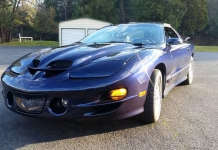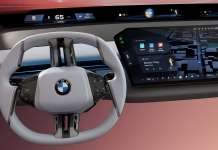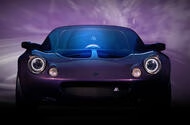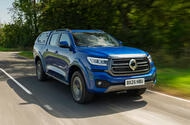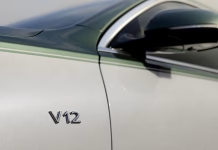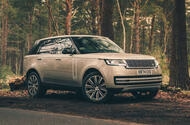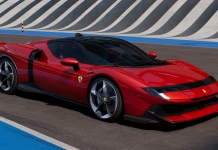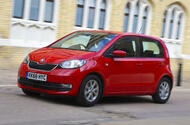Trans Am Delivers Classic Power with Ram Air Induction and Six Speed Thrills
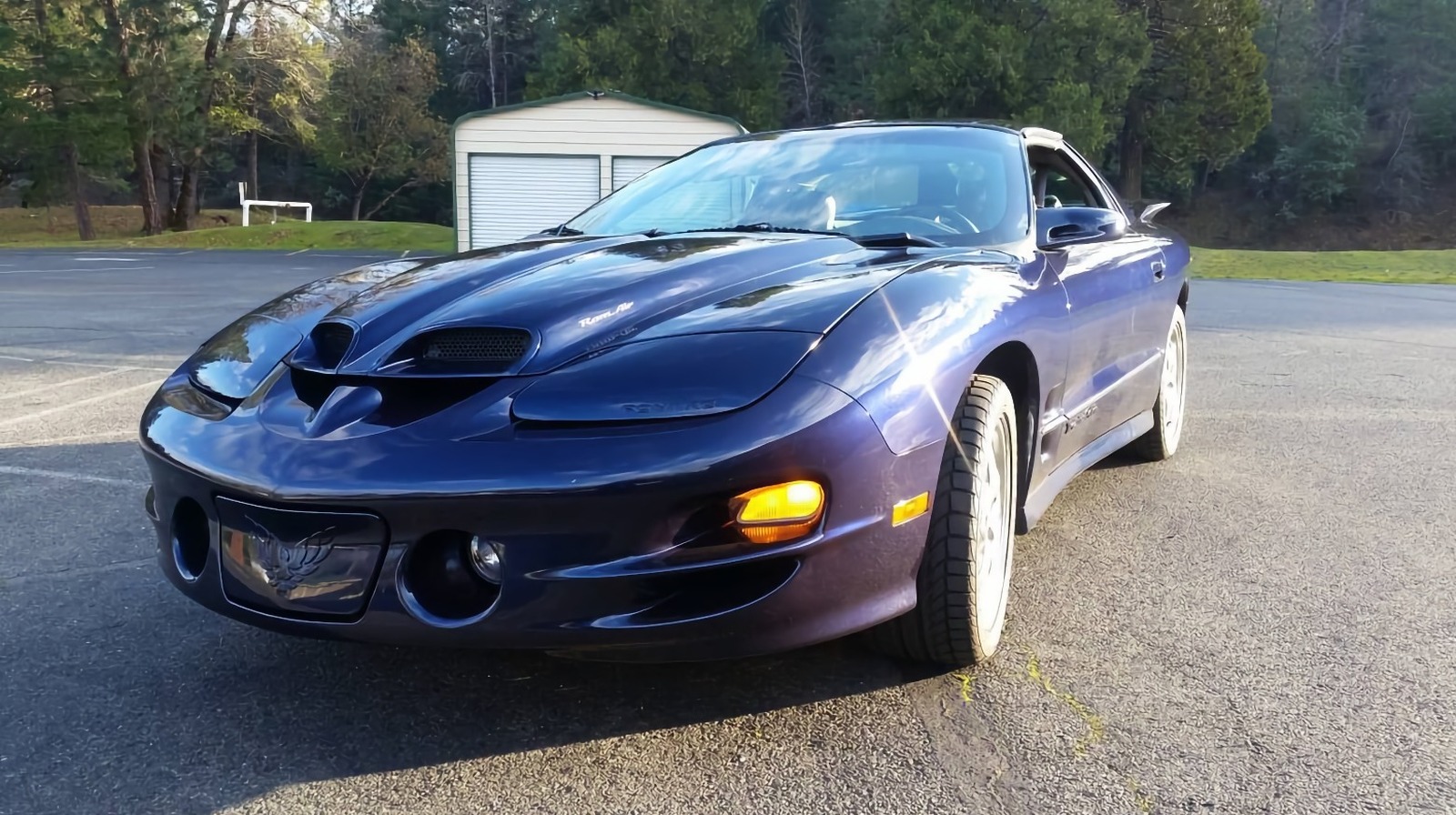
BMW data reveals surprising truth about infotainment use
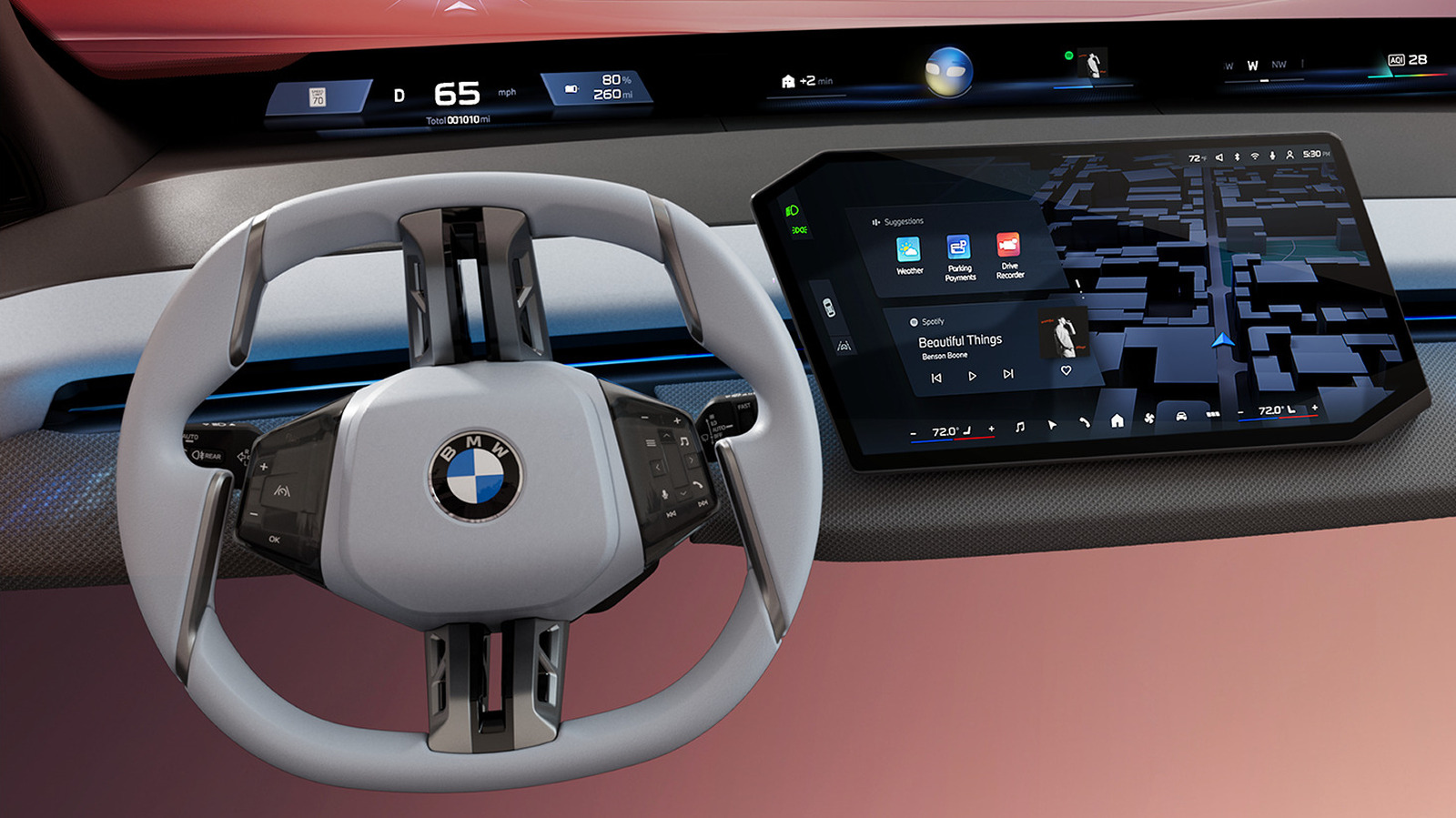
Lotus Elise S1 Reimagined as Ultra Lightweight Central Seat Supercar
 British firm Analogue Automotive draws on Elise’s racing heritage for dramatic new restomod
British firm Analogue Automotive draws on Elise’s racing heritage for dramatic new restomod
British firm Analogue Automotive has detailed the VHPK, a dramatic new reimagining of the Lotus Elise S1 weighing just 600kg and featuring a central driving position.
Announced to celebrate the 30th anniversary of the seminal sports car’s unveiling, it draws on the Sport Elises raced in the Autobytel Lotus Championship at the turn of the millennium.
Like in those race cars, the driver sits dead centre in the cockpit – but the interior is said to have been modified with an array of carbonfibre components.
The bodywork too has been replaced with carbonfibre, while extra stopping power comes courtesy of a new set of carbon-ceramic brake discs – reducing unsprung weight.
Sitting amidships is the Rover K-Series engine that originally powered the Elise, but its displacement has been increased and it has been upgraded with forged-and-billet internals.
These tweaks have netted a power output north of 250bhp, according to Analogue, giving a power-to-weight ratio in excess of 400bhp per tonne. That more than doubles the original Elise’s 163bhp per tonne.
A total of 35 examples will be built, with orders set to open next year. Prices remain under wraps, but the less extreme Analogue Supersport is priced into the six-figure range; the VHPK is expected to comfortably exceed it.
When Autocar competed in the Autobytel Championship
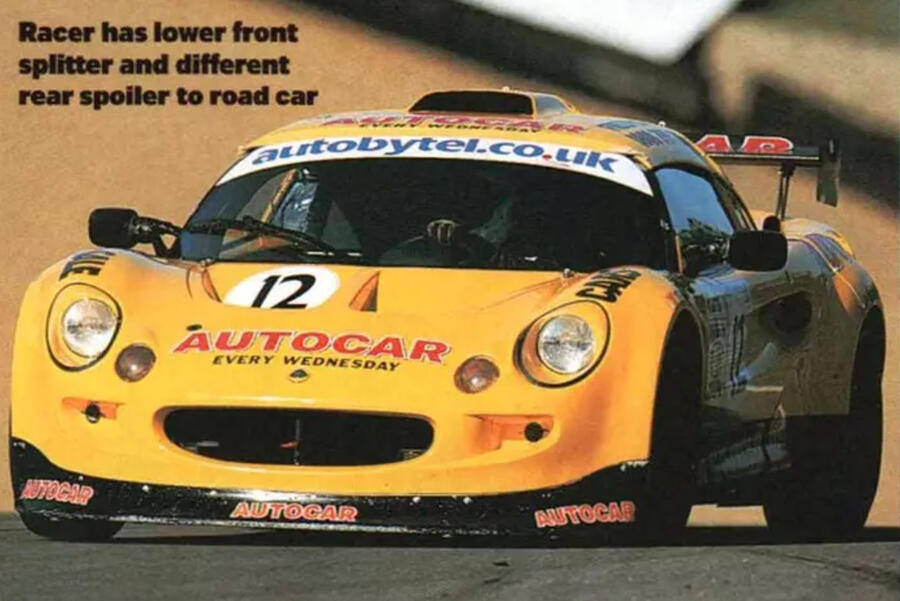
More than two decades on, the Autobytel Lotus Championship is all but forgotten. But Autocar actually fielded an entry in the competition in 2001, giving a dramatically early glimpse at what can be expected from the VHPK.
Correspondent Chris Harris noted that the Elises’ lap times around Darlington’s Croft Circuit were “very similar to those of the full-house BTCC machines we supported all year” and that the cars “felt and looked like the proper item”.
With great grip, stopping power and the signature central driving position, the Autobytel Sport Elise felt like “a baby Group C racer”, wrote Harris.
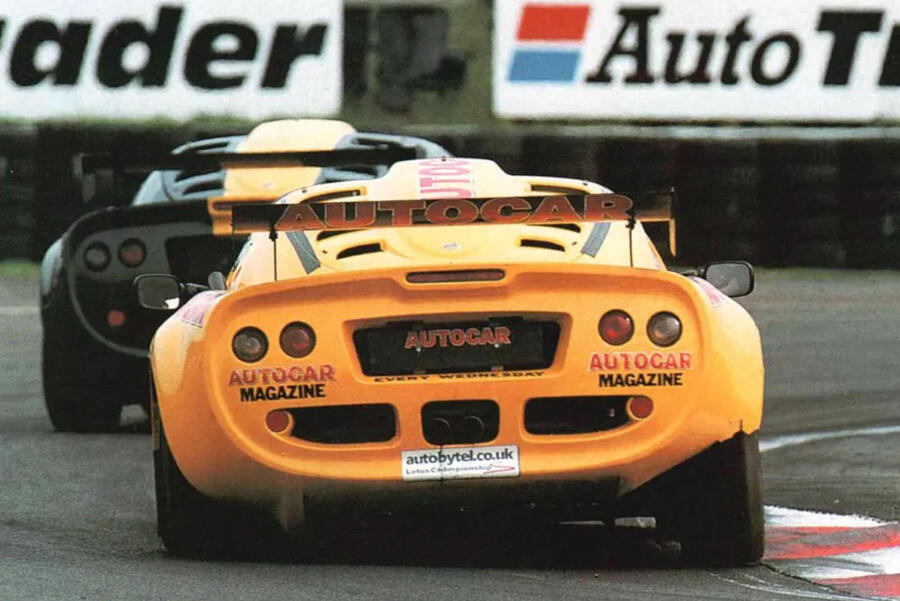
To read the full feature, published 12 December 2001, subscribe to Autocar’s digital archive today.
Tires at Costco vs Dealer Which Offers Better Value and Quality
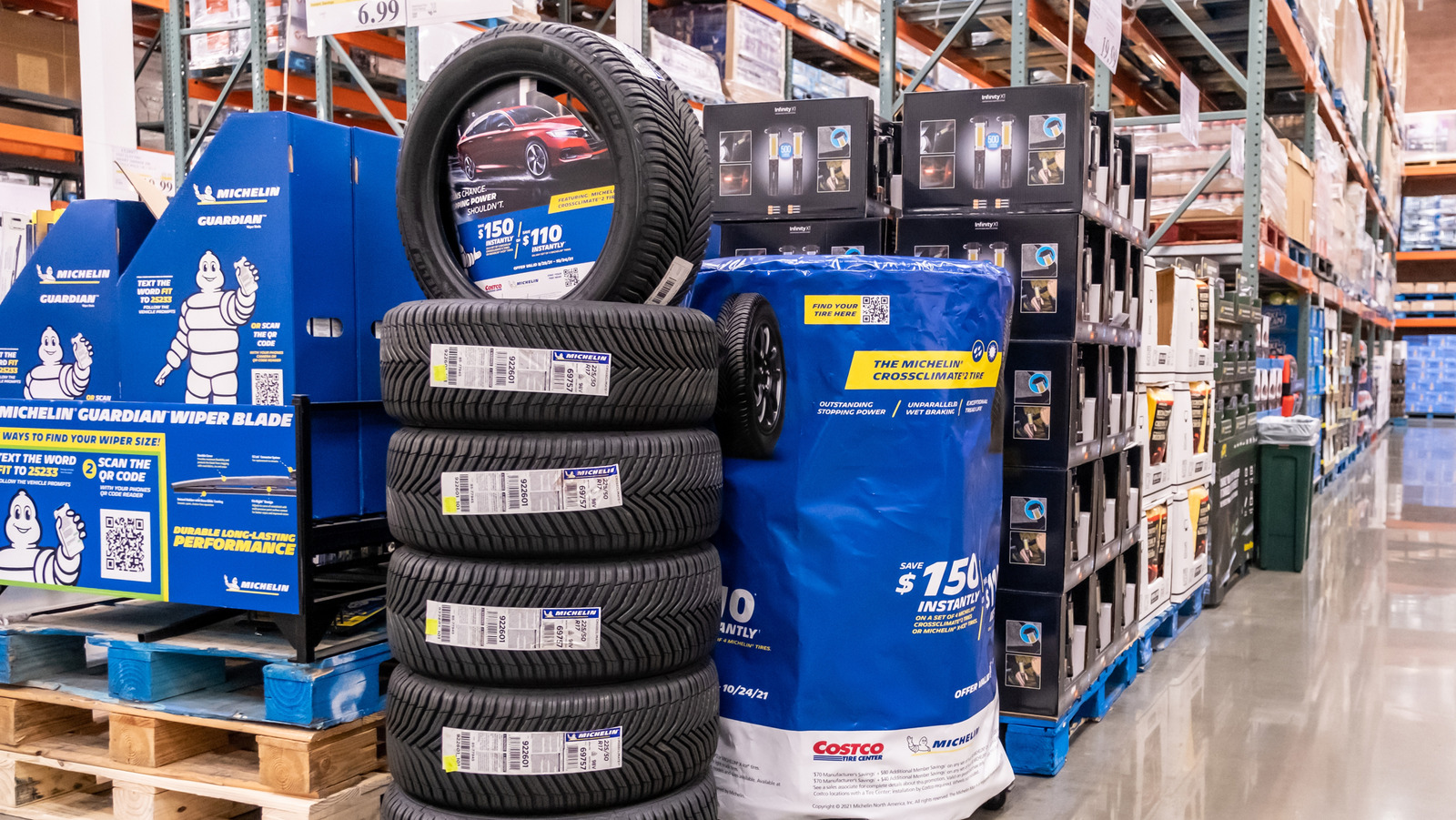
Poer 300 Review Diesel Power and Value in a New Pickup for the UK
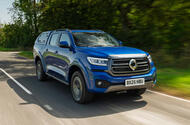 China's latest pick-up majors on diesel power and value - is it any good? The slew of Chinese cars being launched in the UK seems to be never-ending, but they’re usually electric crossovers, not diesel-engined pick-up trucks like Great Wall Motor’s new Poer 300 (pronounced ‘power’) here.It has been on sale since 2022 in Australia and New Zealand, where it’s known as the Cannon. While the Poer name is an odd choice for the UK, at least GWM didn’t call it Wingle, which appears on one of its other pick-ups in China.The Poer 300 expands GWM’s UK model range to three, following the Ora 03 electric hatchback (formerly known as the Ora Funky Cat) and Haval Jolion Pro hybrid crossover.It’s the first pick-up to be sold here by GWM since the Steed (2013-2016), which was cheap and practical but also terrible to drive.
China's latest pick-up majors on diesel power and value - is it any good? The slew of Chinese cars being launched in the UK seems to be never-ending, but they’re usually electric crossovers, not diesel-engined pick-up trucks like Great Wall Motor’s new Poer 300 (pronounced ‘power’) here.It has been on sale since 2022 in Australia and New Zealand, where it’s known as the Cannon. While the Poer name is an odd choice for the UK, at least GWM didn’t call it Wingle, which appears on one of its other pick-ups in China.The Poer 300 expands GWM’s UK model range to three, following the Ora 03 electric hatchback (formerly known as the Ora Funky Cat) and Haval Jolion Pro hybrid crossover.It’s the first pick-up to be sold here by GWM since the Steed (2013-2016), which was cheap and practical but also terrible to drive.Casual Games That Boost Focus During Work Breaks
12-cylinder engine survives as Mercedes commits to V12s into the 2030s
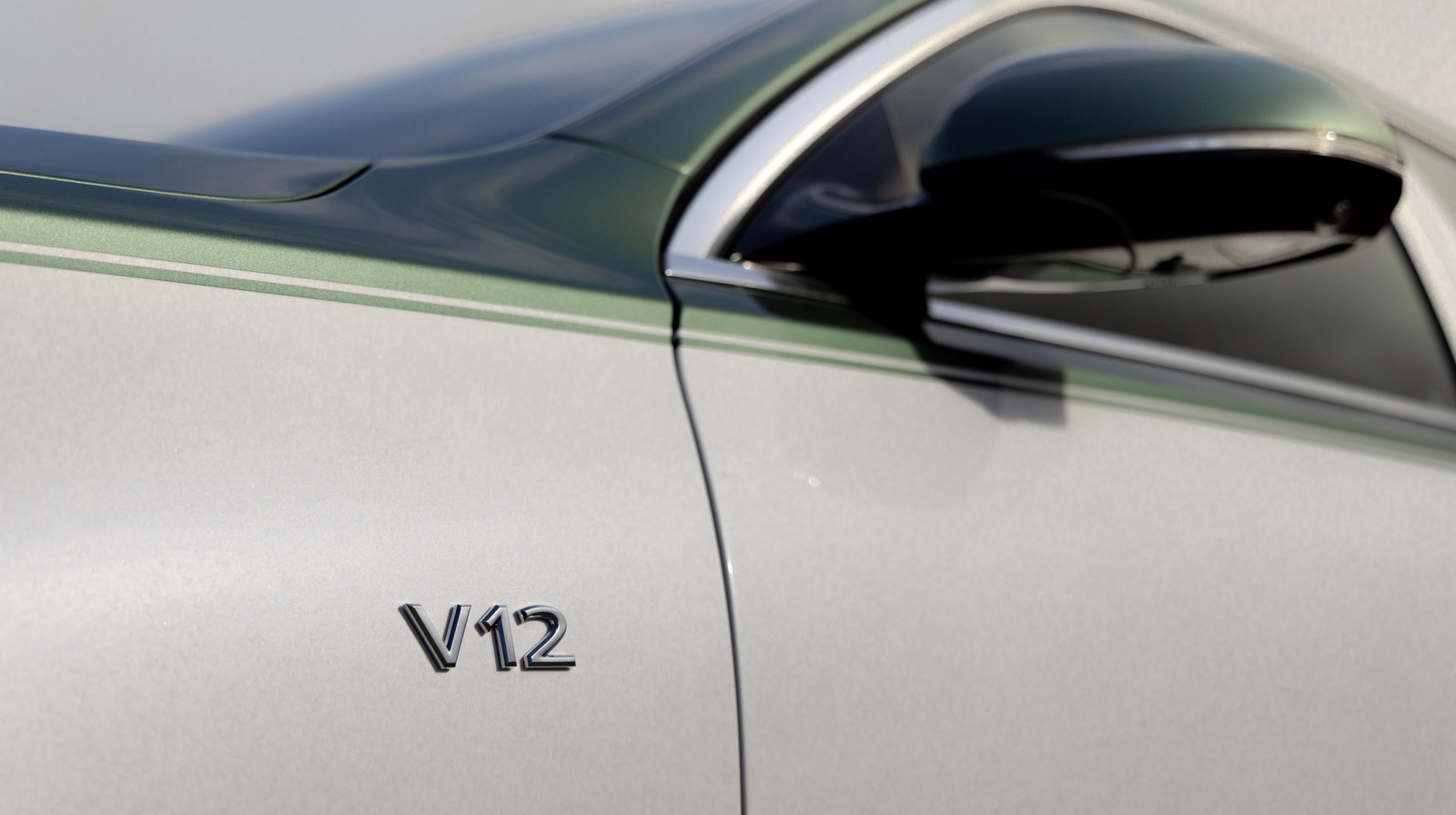
Cyber Attack Halts Car Production and Costs British Automaker Millions Daily
 British firm has made no cars since hackers infiltrated its computer systems on 1 September
British firm has made no cars since hackers infiltrated its computer systems on 1 September
JLR could be losing up to £5 million a day in profit as it continues to suffer the consequences of a devastating cyber attack that shut down its operations on 1 September.
The shutdown of car production in the British firm’s two factories in the UK as well as those in China, India and Slovakia means an average loss of 1000 cars a day, based on normalised production figures, according to David Bailey, professor of business economics at Birmingham Business School. That equates to a daily revenue loss of around £72 million, which, based on current profit margins, could severely impact the company’s earnings.
There is still no date for when JLR will be able to resume production. “If output is suspended for much of September, then that could be a £150m profit hit for the firm,” Bailey said. “The longer the shutdown goes on, the bigger the hit to profit and the more likely it is that customers simply decide to go elsewhere.”
While there is never a good time for production to be hit, JLR is in the midst of a profit slump, with margins in the second quarter of 2025 dropping to 4.0% – down more than half from 8.9% during the same quarter the year before – after it was hit by US trade tariffs and slowing sales in China.
At the time of writing, Autocar understands that JLR plant workers are being told they should plan to return Monday 15 September after a two-week layoff – but restarting production is “a complex business”, Bailey said.
The attack has been claimed by a group of hackers calling themselves Scattered Lapsus$ Hunters, who posted pictures on the social media site Telegram purporting to show internal instructions for troubleshooting a car charging issue and internal computer logs.
The attack forced JLR to shut down its computer systems in an attempt to mitigate any data breach, which halted all production.
The slow nature of rebuilding these systems is what is causing the global delays. It is also affecting dealers, who are having to manually register cars, can’t order parts, can’t code new parts and in some instances are unable to complete customer handovers.
Despite the system shutdown, JLR last week admitted that data was “affected” following the attack. While it wouldn’t confirm further details, this suggests customer details were stolen.
Potential cyber attacks are at the forefront of the mind of every chief information officer (CIO) in the automotive industry. Every year, consultantcy Gartner runs a survey in which it asks them to rank their investment priorities, and Pedro Pacheco, its global senior director for automotive and smart mobility, told Autocar: “Cybersecurity usually comes number one or number two. It has been quite consistent for the past five years.
However, automotive CIOs often find it hard to push for more investment in cybersecurity, especially now, as industry leaders prioritise saving money in order to ride out the current global instability.
Pacheco explained: “It’s never easy to demonstrate the return on investment on cybersecurity. It’s a very human thing. It’s like the individual who smokes and eats badly: they never think they’re the ones who are going to be affected.”
That could change after the JLR attack, which has become the most prominent and debilitating operational hack of a car maker in recent years.
A company having vulnerabilities in its operational software doesn’t mean there are issues with the software in its cars, but the company’s overall attitude to the digital transition could be a pointer to how seriously it takes cybersecurity.
JLR was ranked bottom in Gartner’s recent Digital Automaker Index 2025, in which the consultancy assessed car makers on their software priority and how advanced their digitally led vehicle technology was.
“The whole thing is intimately related,” said Pacheco. “When car makers struggle to become better in terms of software, it’s inherent this will also impact cybersecurity.”
Hacking a car maker might well be a lot easier than hacking a car, on the basis that there’s a lot of regulation concerning the latter.
Since 2021, UN Regulation #155 has required a host of rigorous automotive cybersecurity measures in cars, in reaction to them becoming increasingly connected to the cloud (servers located elsewhere).
The consequences could be devastating if a hacker could manage to infiltrate a car to the extent that they could turn off systems or even gain control. But cloud connection won’t be going away, as much as some would prefer the optionof ‘dumb’ cars.
Markus Heyn, chair of mobility at components supply giant Bosch, told an audience at last week’s Munich motor show: “The car is a safety-relevant device, and I think the automotive industry is trying everything in order to protect against any sort of malicious attempts to invade the [car]. But to say the car can’t be connected to the cloud any more cannot be the answer.”
While not safety-critical, the attack on JLR is going to have a huge knock-on effect within the business, employees and suppliers while production is paused.
“At some point, the [UK] government may need to provide a financial lifeline to keep the supply chain going,” said Bailey, citing the reactions to past plant closures, including the collapse of MG Rover in 2005 and the impact of Honda production in the UK after a tsunami hit Japanese suppliers in 2011. “It needs to be doing more than just monitoring the situation."
Ferrari Testarossa Returns as a Bold 1035 HP Hybrid Supercar
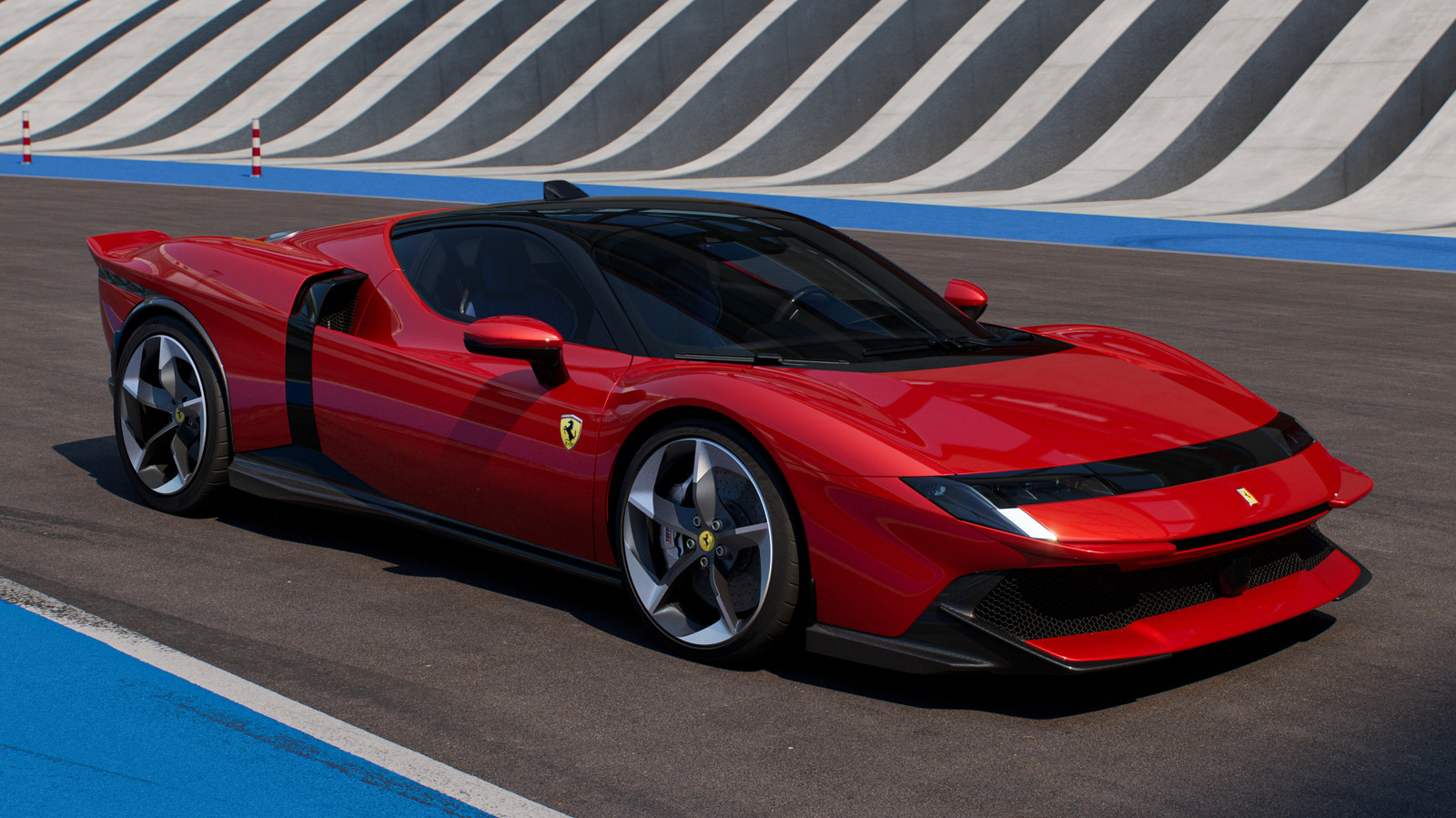
Skoda rules out smaller electric car as Epiq stays smallest EV in lineup
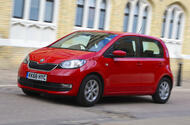
Skoda Citigo was essentially a rebadged Volkswagen UpEpiq crossover will remain Skoda's smallest EV, as it stays focused on ICE cars at the cheaper end of the market
Skoda isn't considering launching an electric car smaller than the forthcoming Epiq in the future, preferring to focus its entry-level efforts on its existing ICE models.
The Epiq will arrive next year using the Volkswagen Group’s new MEB Entry platform, which it will share with the Volkswagen ID Polo, Volkswagen ID Cross and Cupra Raval – all of which will be priced from around £22,000.
While that project has been a joint effort across the Group’s three ‘Core’ brands, Volkswagen is also working on a production version of the ID Every1 concept– tipped to revive the Up name – as an electric city car with a target price of around £17,000.
That has been referred to as purely a Volkswagen brand project, and Skoda boss Klaus Zellmer confirmed that the Czech brand has “consciously designed not to be part of that market”.
He said: “We believe that with the [ICE] Fabia, Kamiq and Scala and the material cost price we can realise in the market, we’re in a strong position".
"We would rather look at the other end,” he added referring to the forthcoming production version of the Vision 7S seven-seat SUV concept.
Zellmer said that the decision made sense because “Volkswagen has always been the brand that covers it all”, adding: “You have to make decisions and say ‘do we want a BEV-only vehicle in that segment or do we believe in the Fabia, Kamiq and Scala being the ones that deliver the most for us in terms of profit and getting our investment back?’.
“In terms of a business model, that's a wise decision to let Volkswagen play on that side. The most importantly thing in the brand group Core is that we don't stand on each other's feet: we want to have a big footprint in the market.”
Skoda will continue to invest in the Fabia, Kamiq and Scala, with sales boss Martin Jahn confirming that some level of hybrid technology will be introduced for the Fabia and Kamiq.

